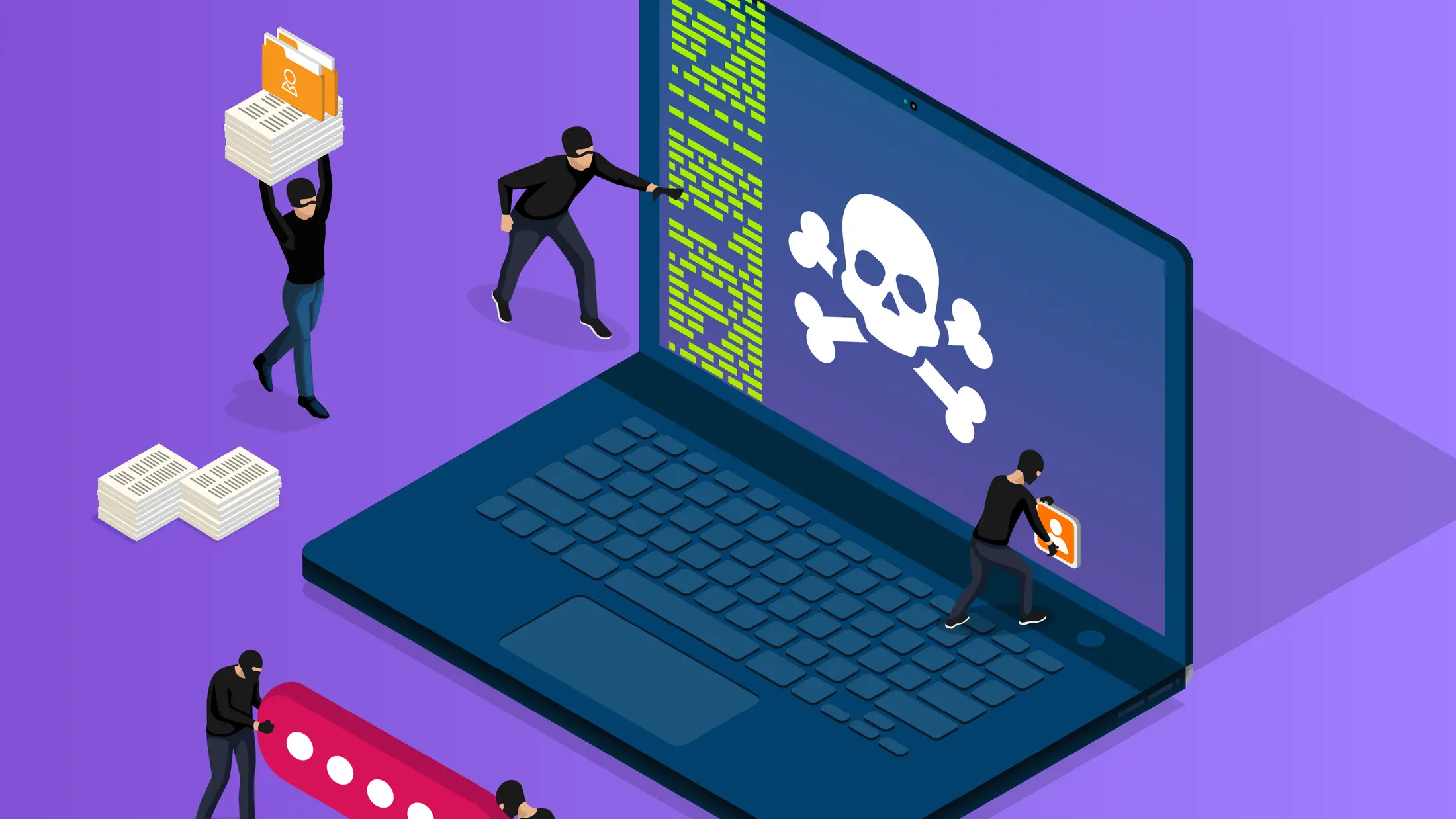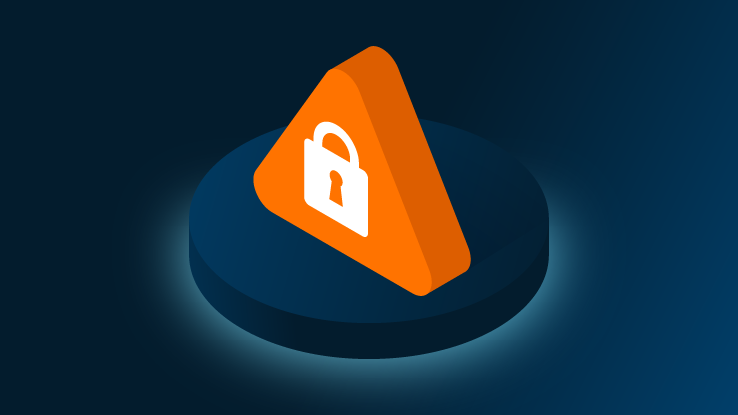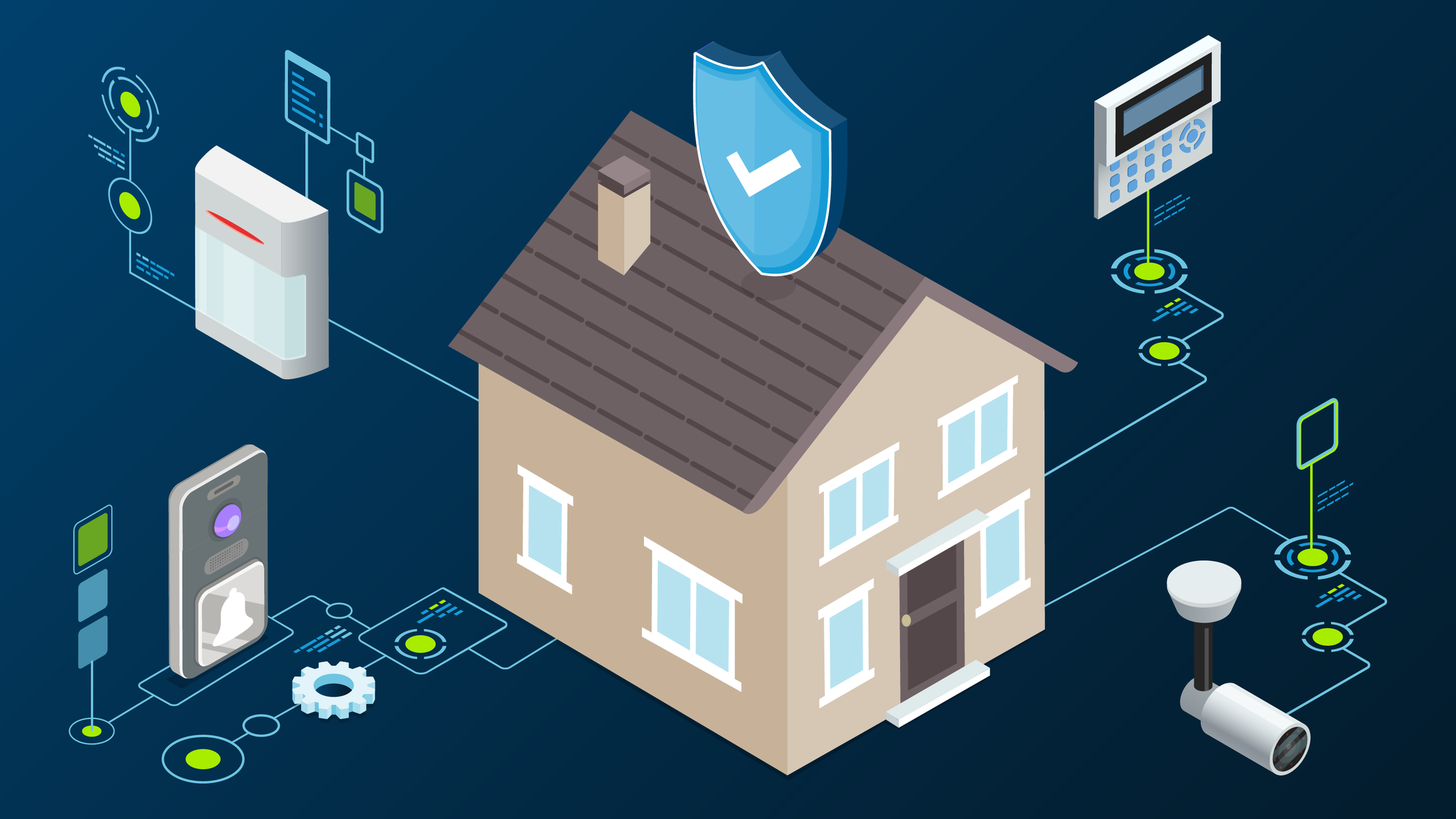In March 2025, our proactive team investigated a stealthy Magecart-style attack linked to an April 2024 e-commerce breach.
Businesses were at significant risk of credit card fraud, data breaches and regulatory fines. But thanks to our in-house proactive cyber security team, we rapidly built a scanning service to identify and protect impacted insureds, and began an ongoing process of monitoring to shield businesses today and in the future.
How we uncovered the threat
Magecart attacks involve transaction data being stolen when online shoppers complete a purchase. In this case, Magecart malware used advanced evasion tactics to remain undetected in malicious JavaScript, mimicking Stripe payment forms and stealing credit card data.
Following a routine system review of our portfolio, our proactive team investigated two suspicious files, confirming a Magecart campaign had been silently harvesting payment data—our threat hunting capability in action. Responding quickly would be vital to minimizing the risk.

Threat hunting is searching the dark and deep web for compromised customer credentials and any other malicious activity that indicates a threat to our insured. Jason Hart, Managing Director of Proactive and Global Security Services
Why it matters
When threats like Magecart go undetected, businesses can unknowingly expose customer payment data for extended periods. This not only poses the risk of credit card fraud and large-scale data breaches but can also lead to regulatory penalties under laws like GDPR or PCI-DSS, triggering major reputational fallout.
For affected companies, the consequences are severe—ranging from class-action lawsuits and costly forensic investigations to loss of customer trust and financial damage. These incidents often result in long-term disruption, highlighting why it’s vital to detect and prevent early.
How we’re helping customers
Keeping up with new and emerging threats is no mean feat. To protect our policyholders, at CFC we’ve built a global team of over 250 cyber security specialists, structured into highly-specialized divisions to enable real-time monitoring, threat identification and prevention around the clock.
When malware like this emerges, one team builds and deploys proprietary scans within hours to protect insureds. Simultaneously, another team monitors threat traffic at a macro, global level, analyzing patterns and behaviors to safeguard the broader market and future policyholders.
In this case, we:
- Built a proprietary scanner tool to detect this specific threat across environments automatically.
- Reviewed online traffic patterns to assess the scope of impact, helping to determine affected platforms.
By acting quickly, efficiently and decisively, we were able to alert impacted businesses and issue steps to mitigate the threat.
Preventative steps: Tips to stay ahead
This incident is a stark reminder of how sophisticated today’s threats have become. Designed to blend seamlessly into checkout experiences, this type of attack is engineered to steal sensitive payment data without raising red flags, making it especially difficult to detect and eliminate.
Strong cyber security controls are key to any defense. But it’s a tough ask for any business to mitigate today’s wide-ranging threats without an expert partner on-hand. That’s where cyber insurance comes in. With a good, comprehensive policy, proactive cyber security services come free, playing a vital part in not only responding to threats but helping to prevent them ever happening.
Key takeaways:
- Invest in comprehensive cyber insurance policy: Gain access to proactive cyber security services from real-time monitoring to detection tools through a comprehensive cyber insurance policy.
- Implement layered security controls: Patch systems regularly, reset passwords and enforce MFA.
- Monitor digital payments: Regularly audit third-party scripts and payments for unexpected changes or suspicious behavior.
Learn more about our proactive capabilities with the 4 key techniques in this infographic.



